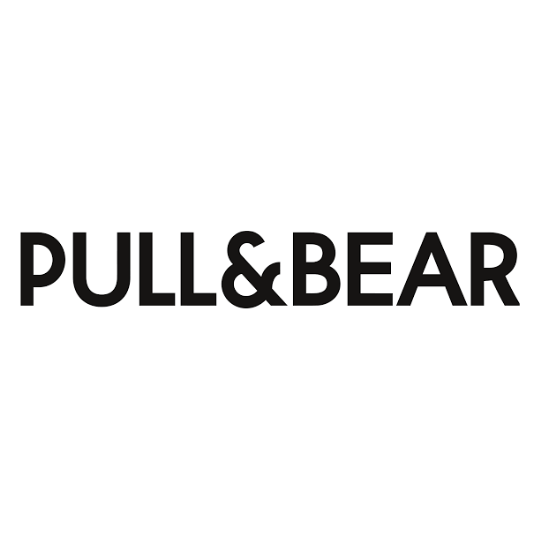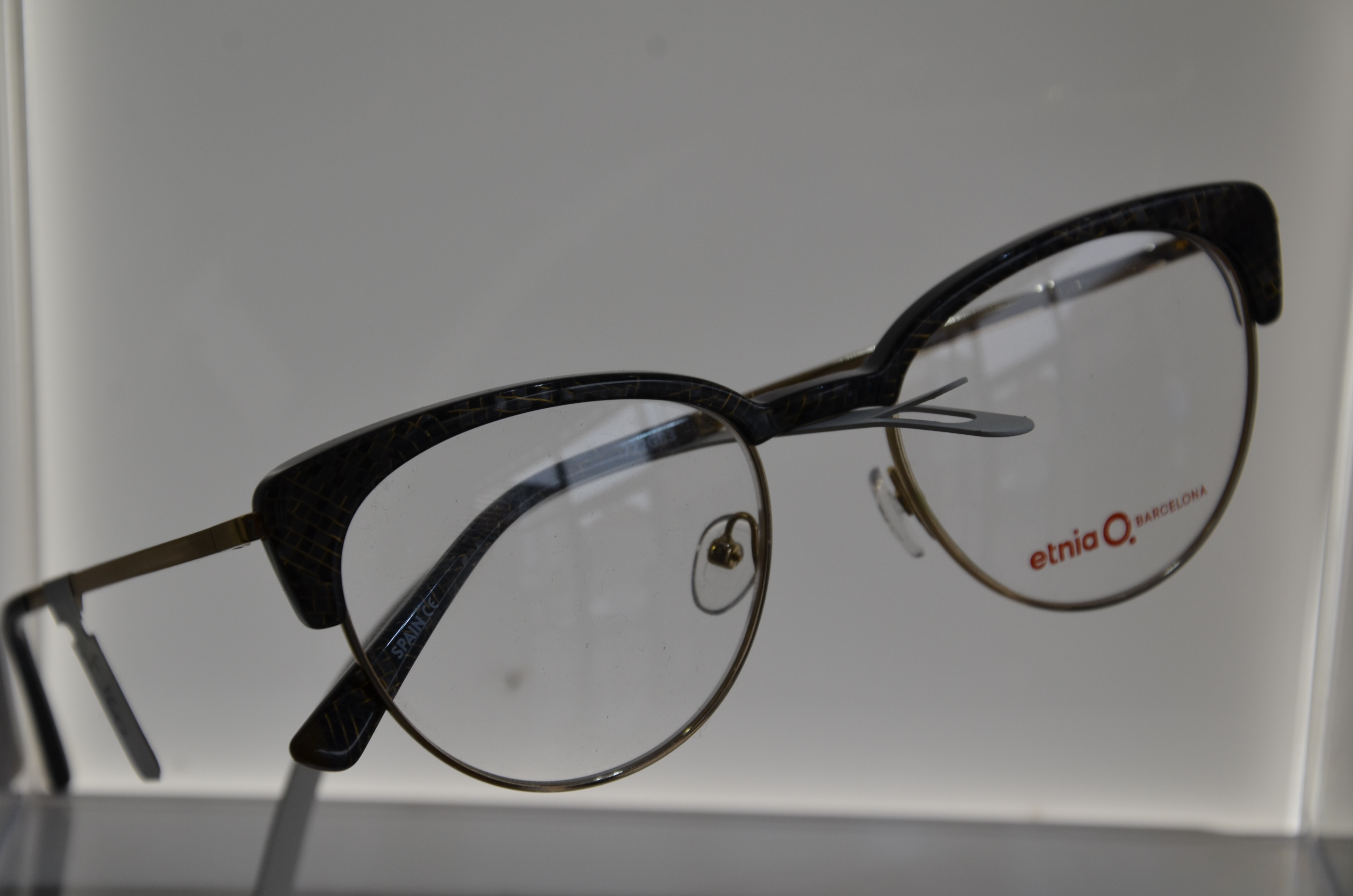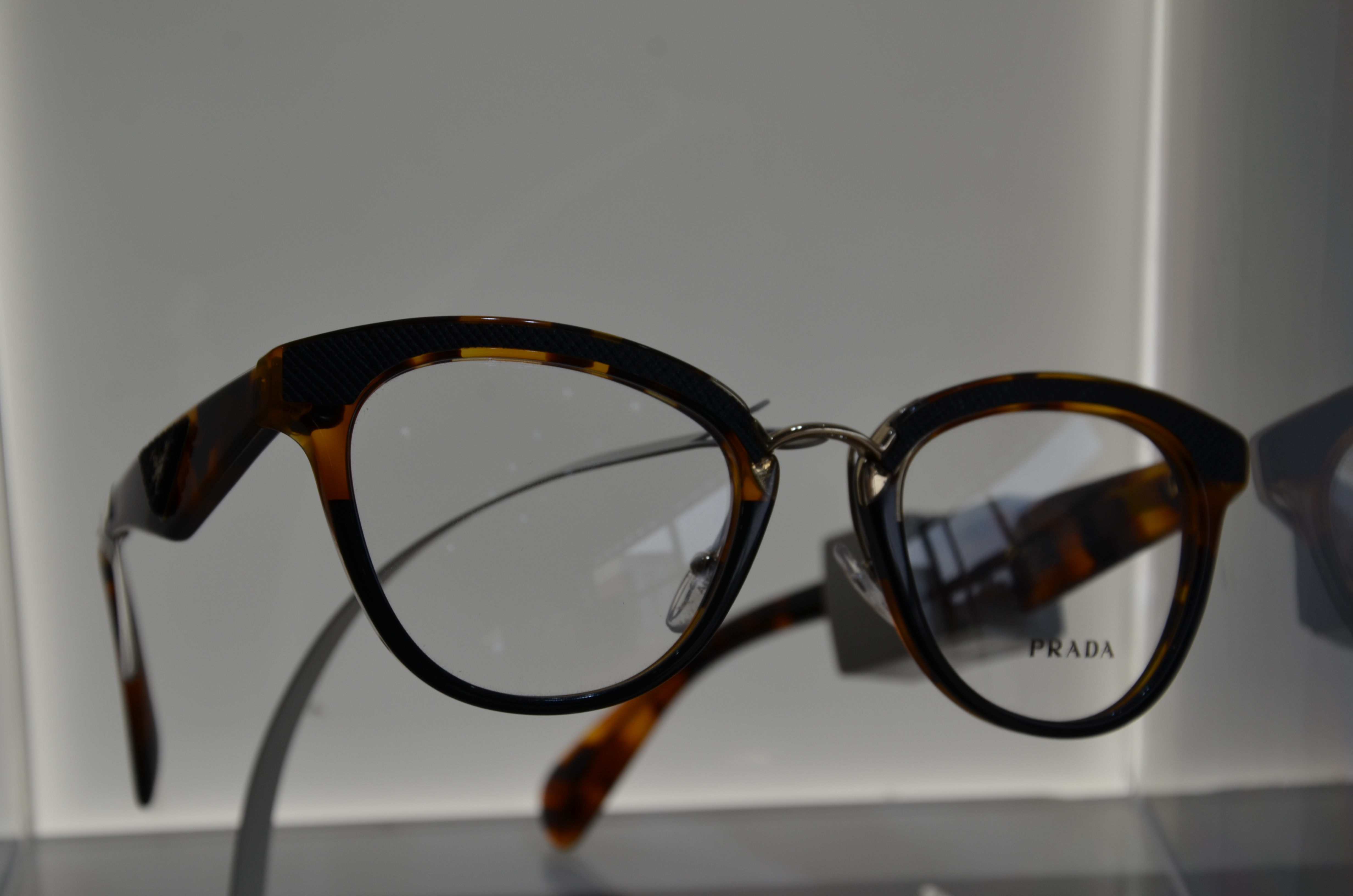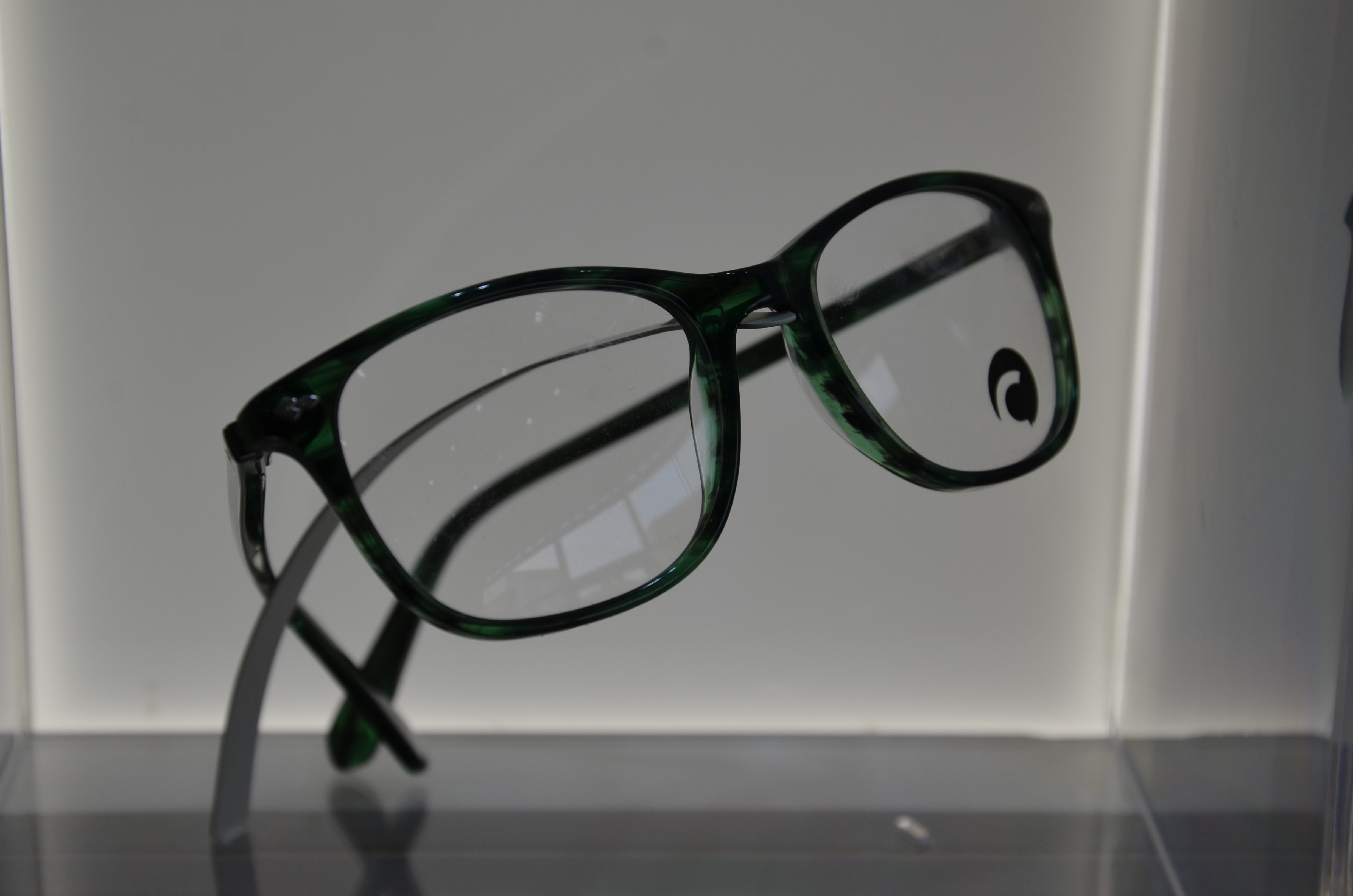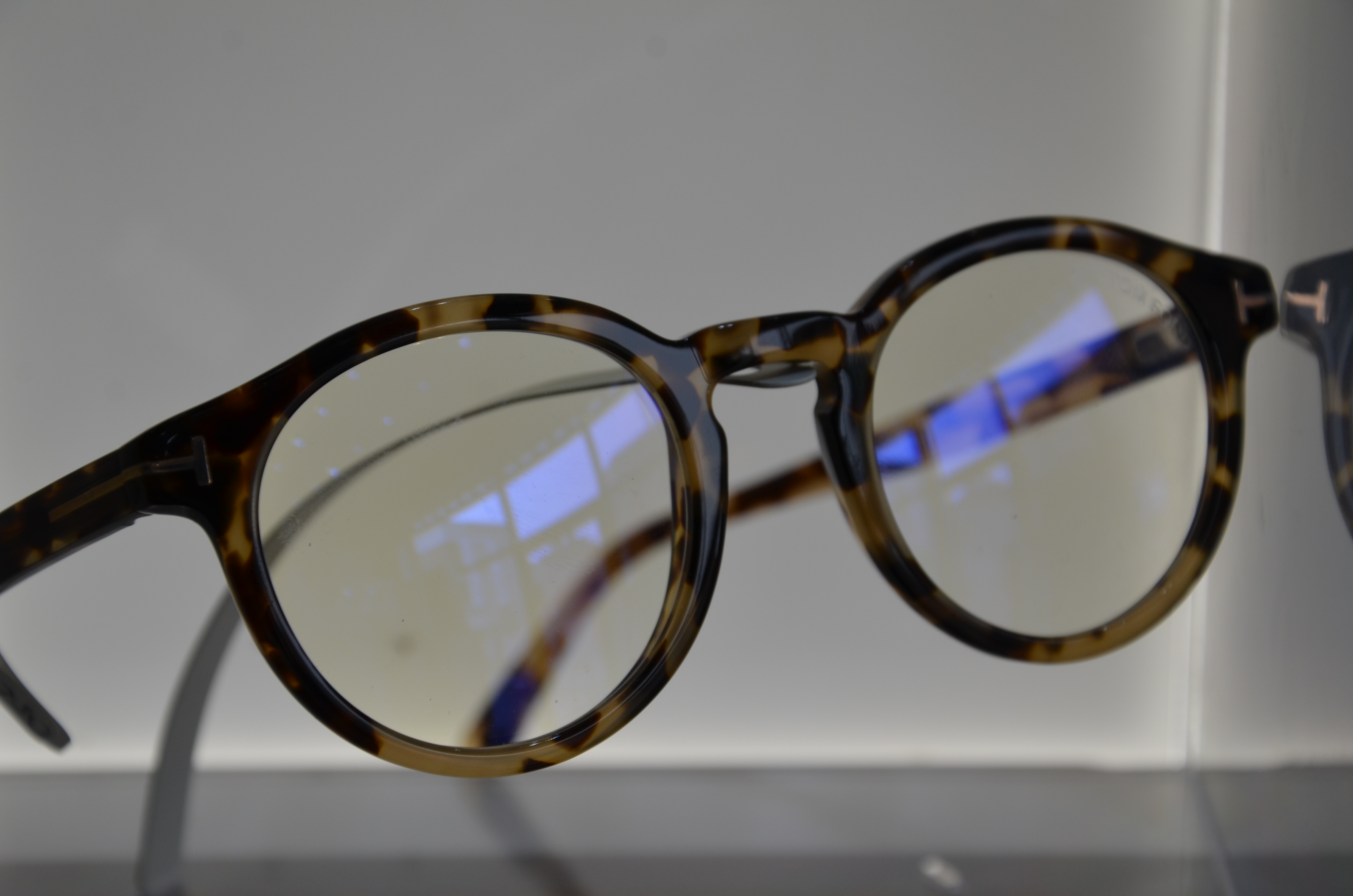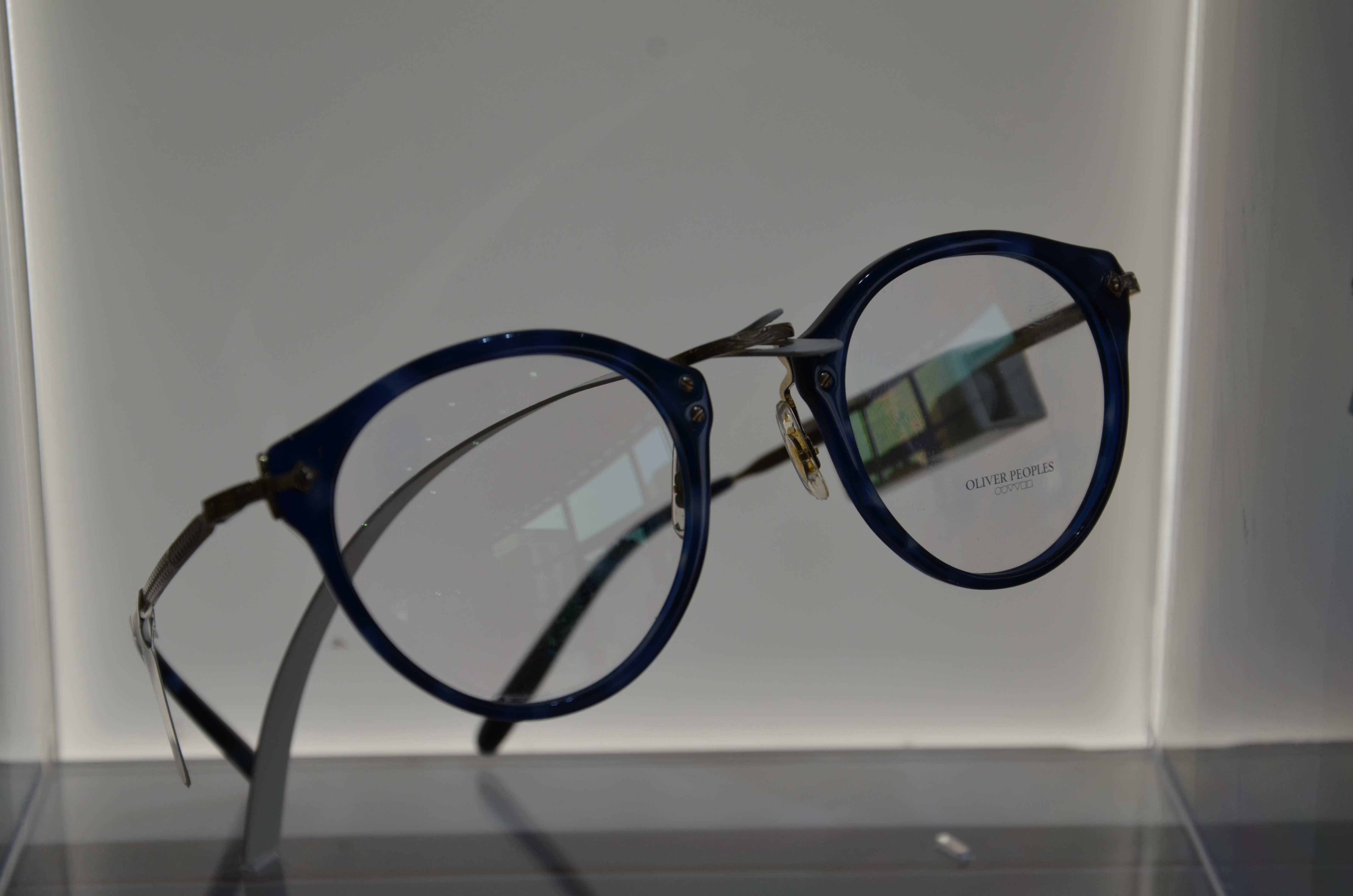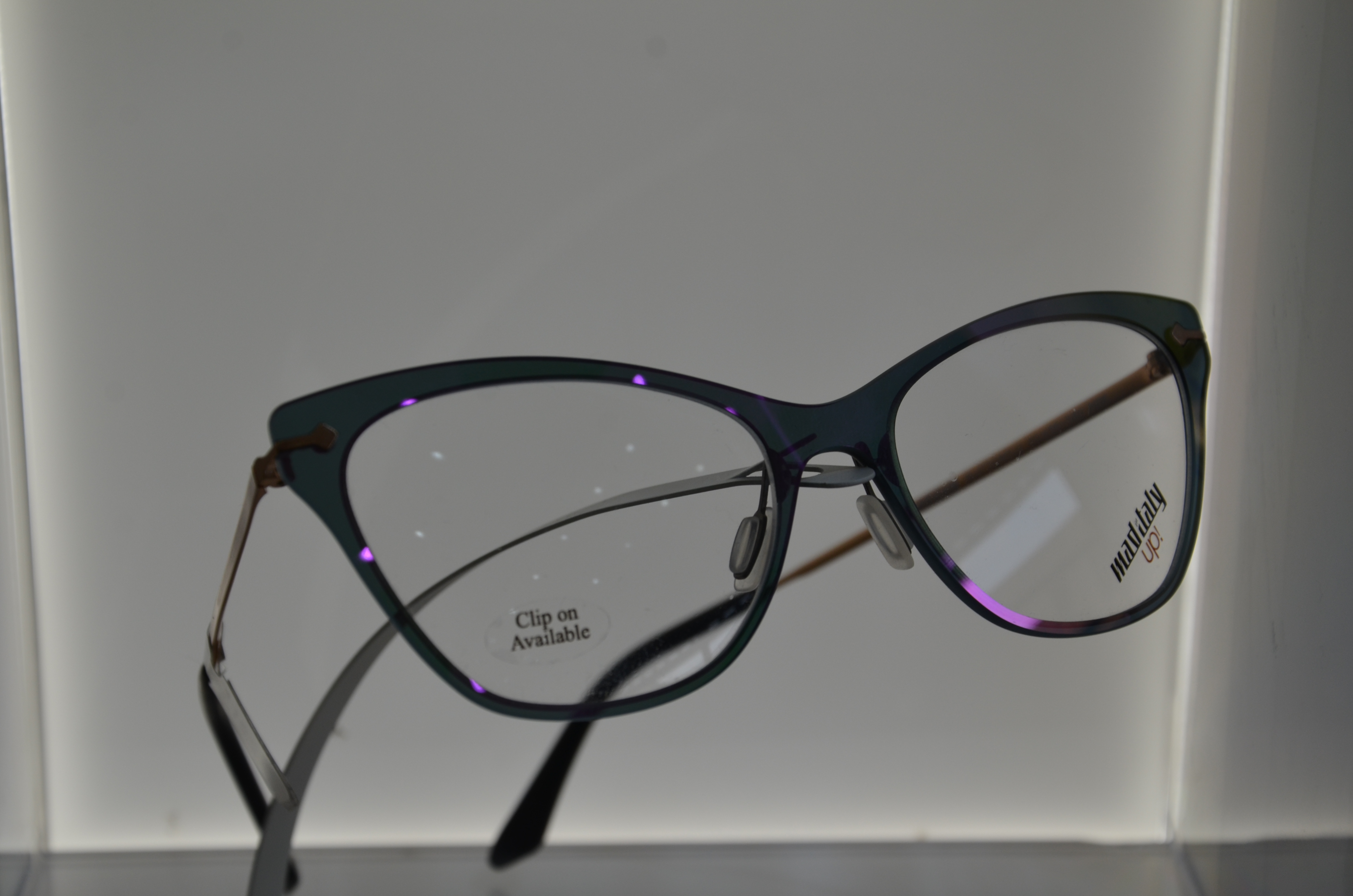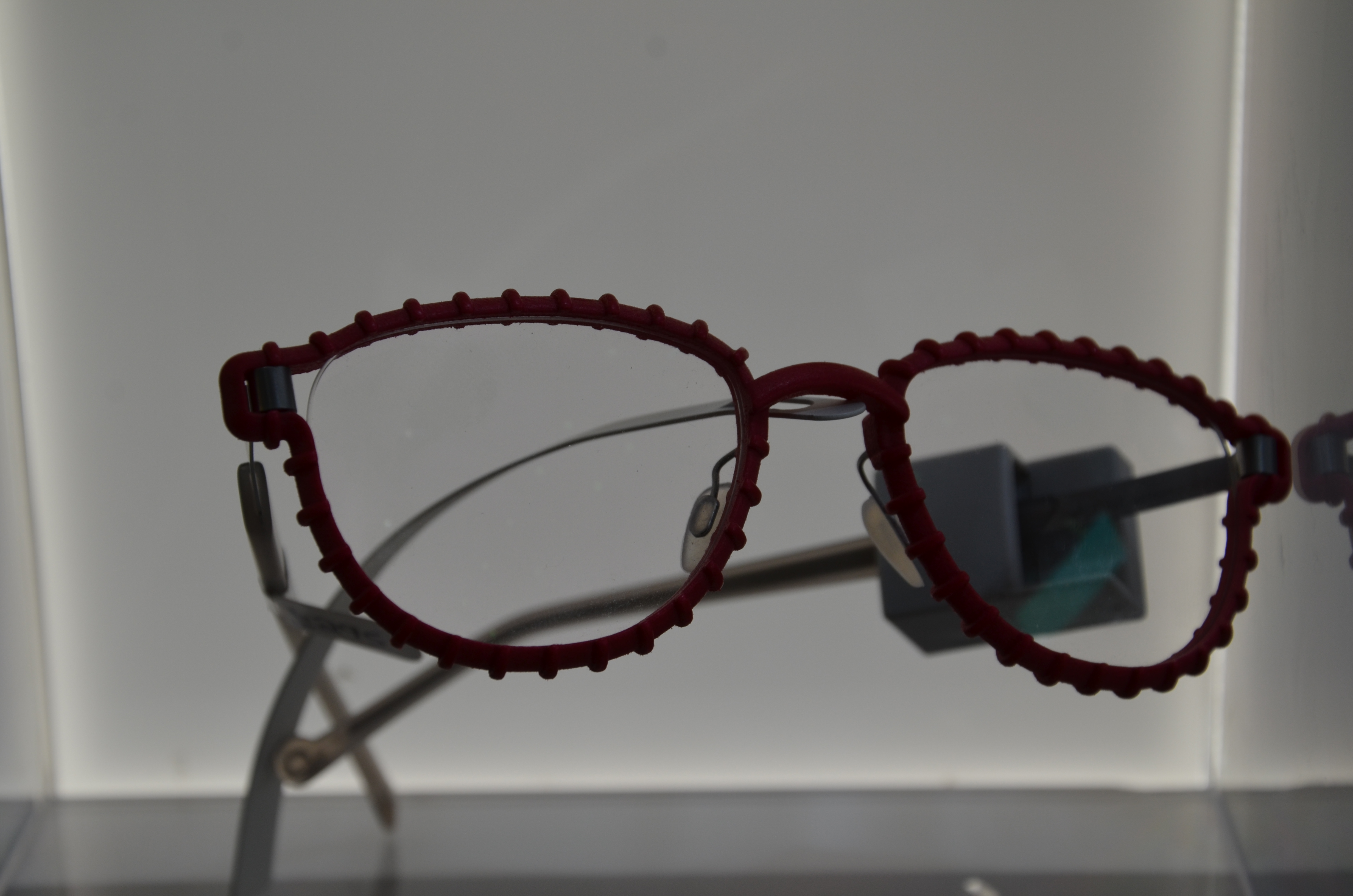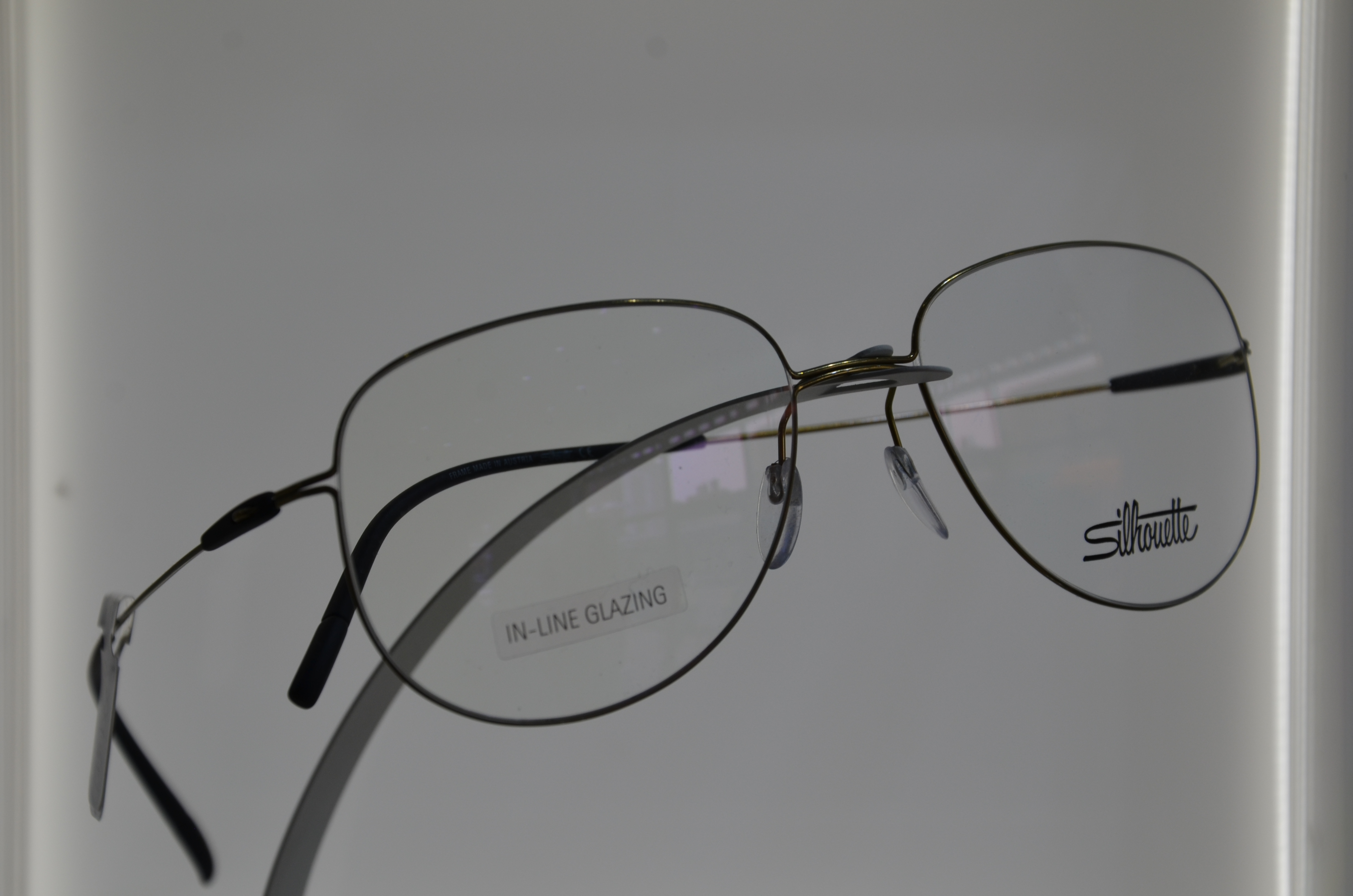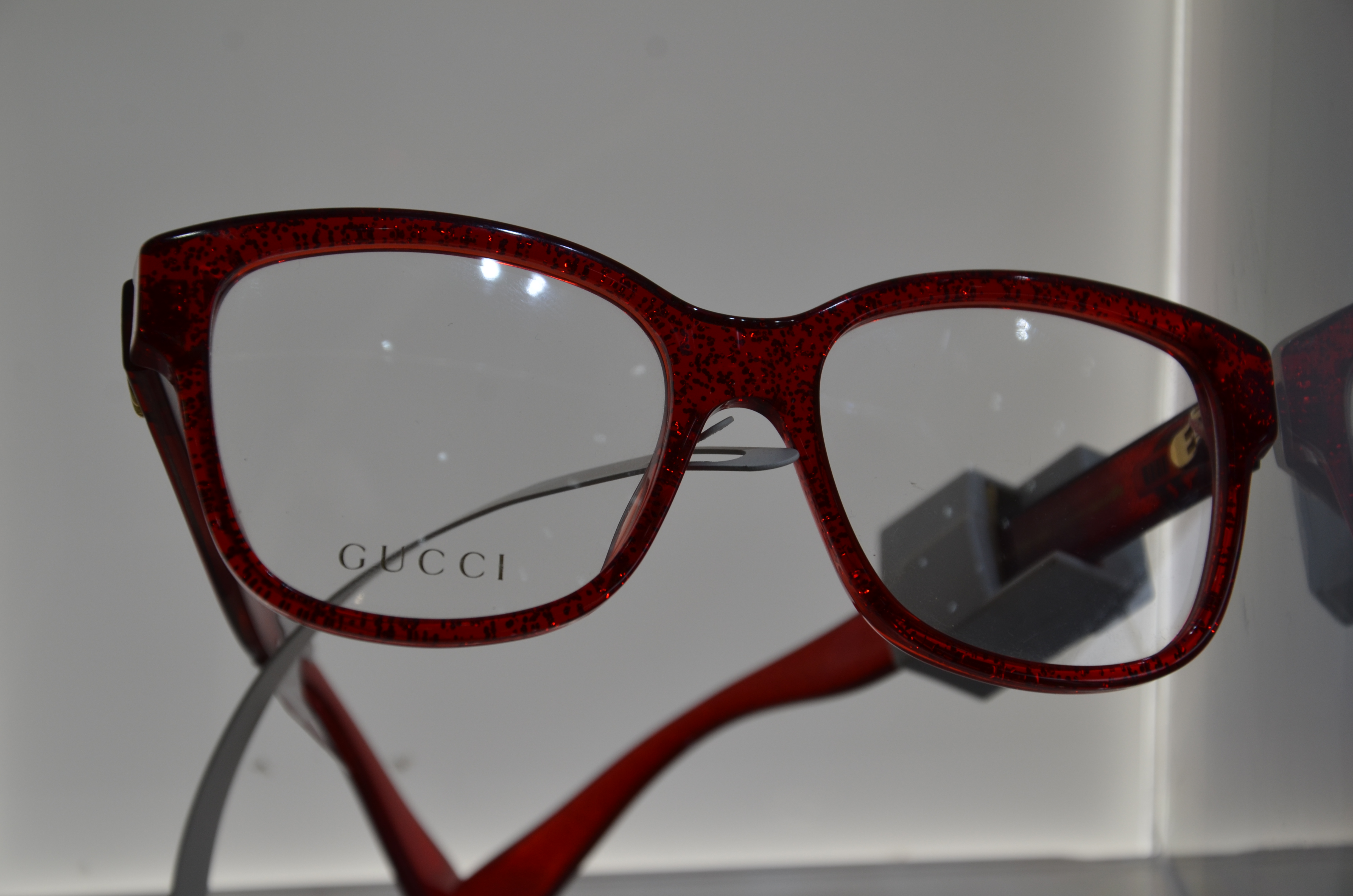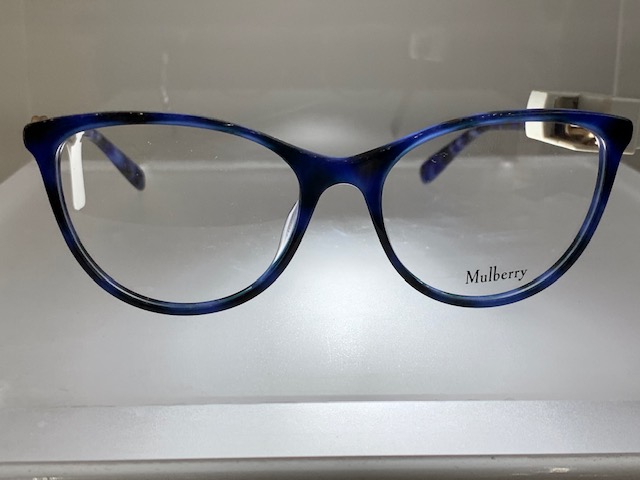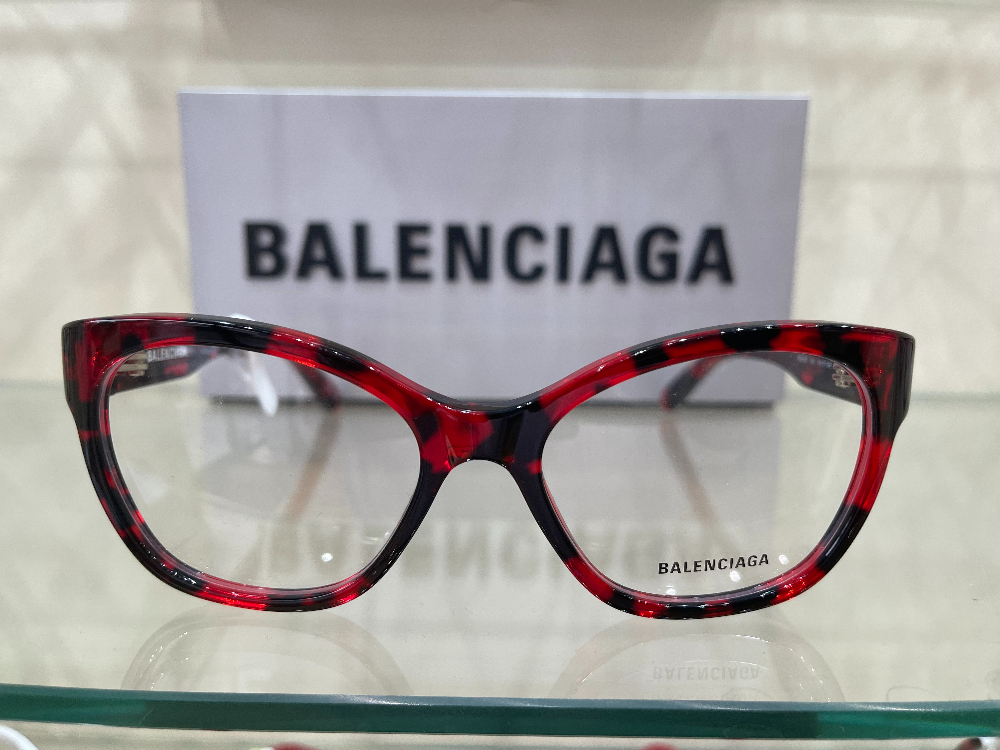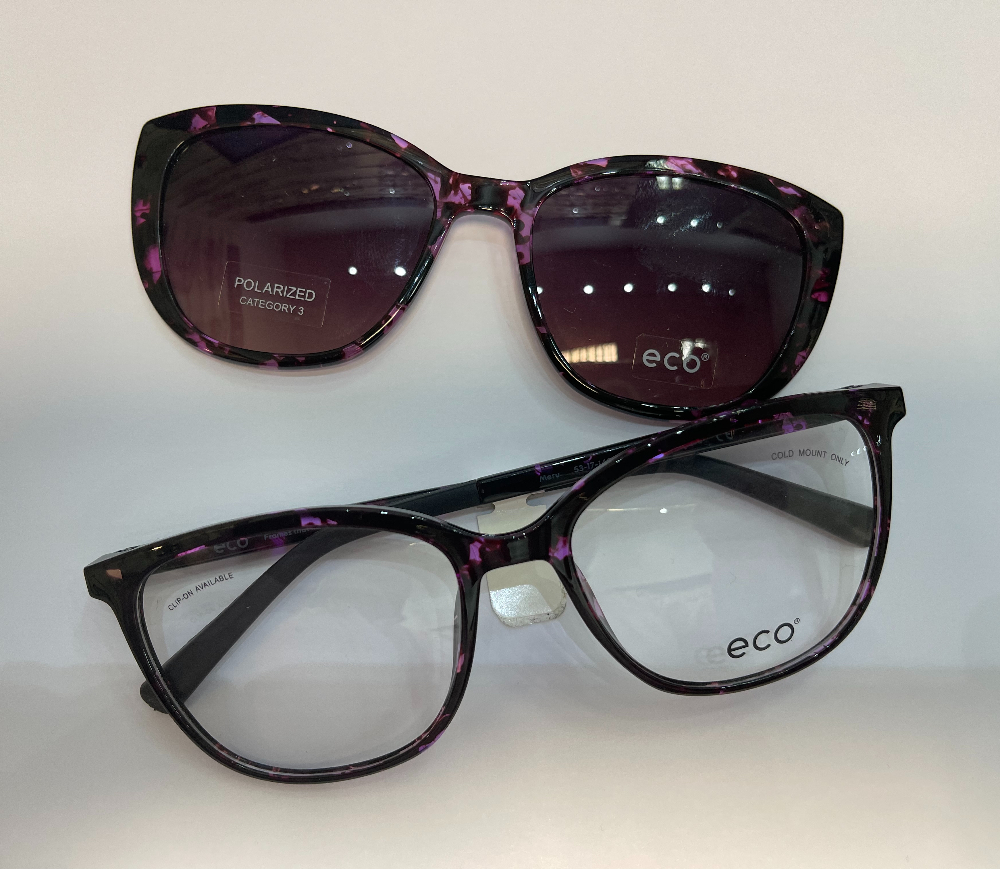Frames
From budget frames to designer fashion, we have a huge selection to suit you.
Just Arrived!
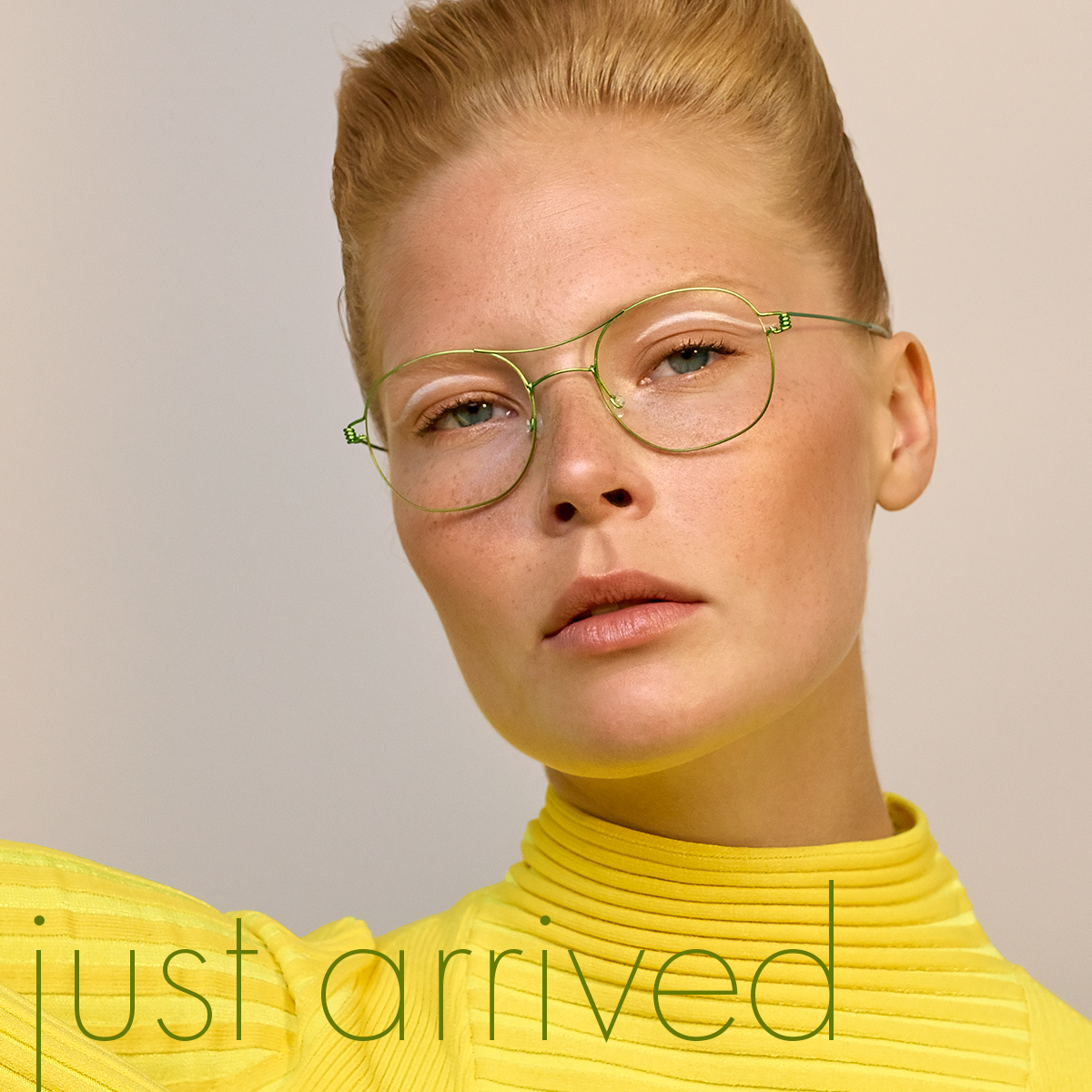
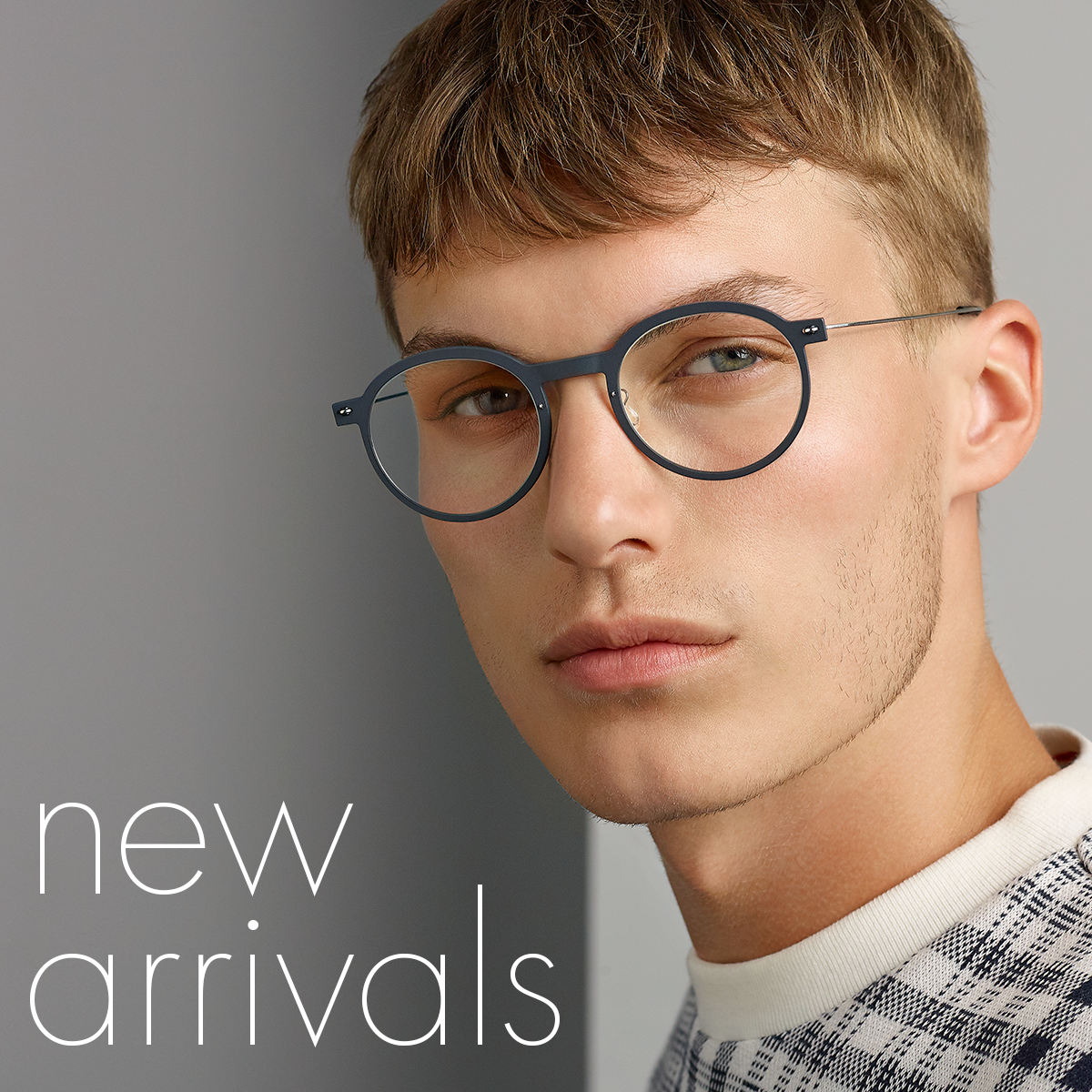
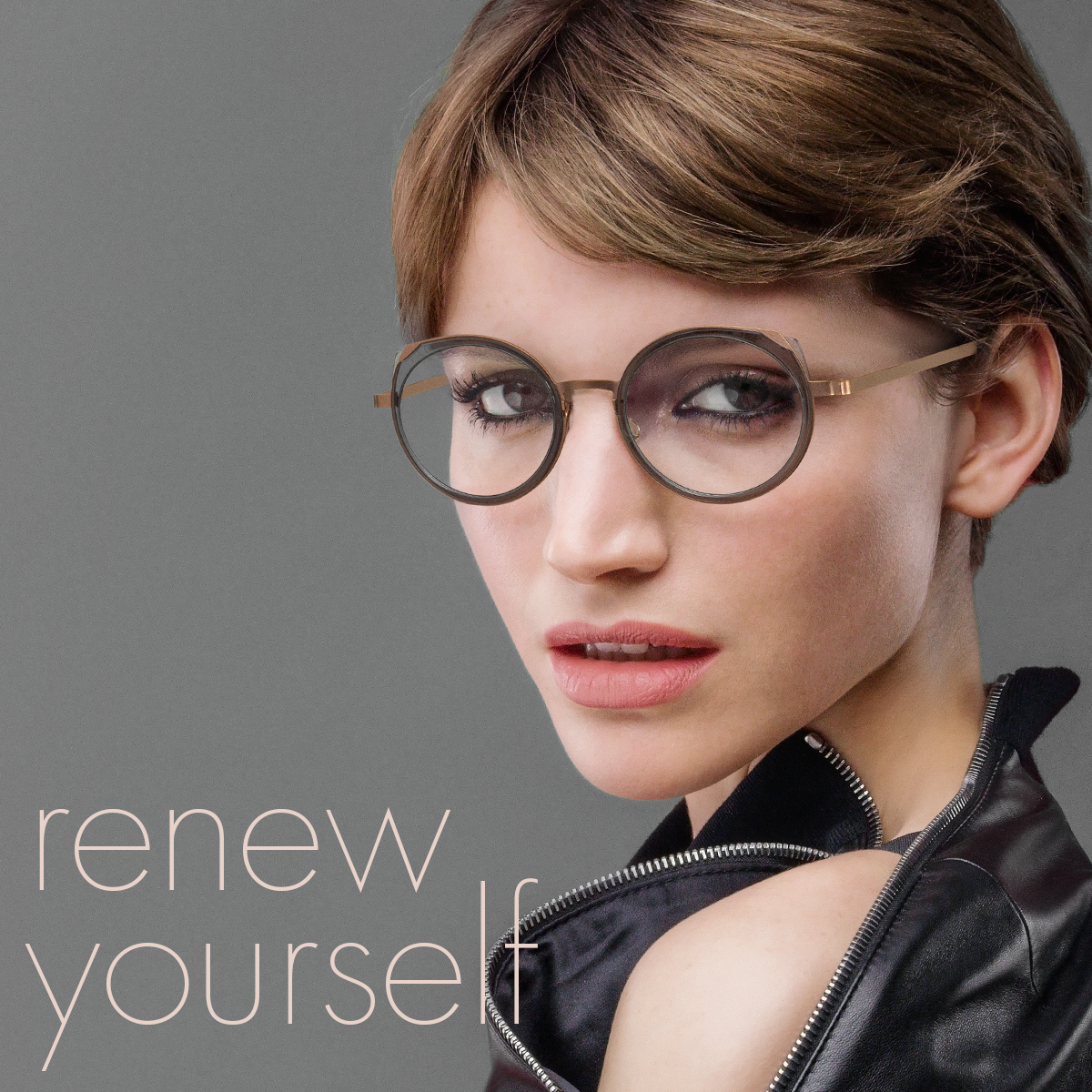
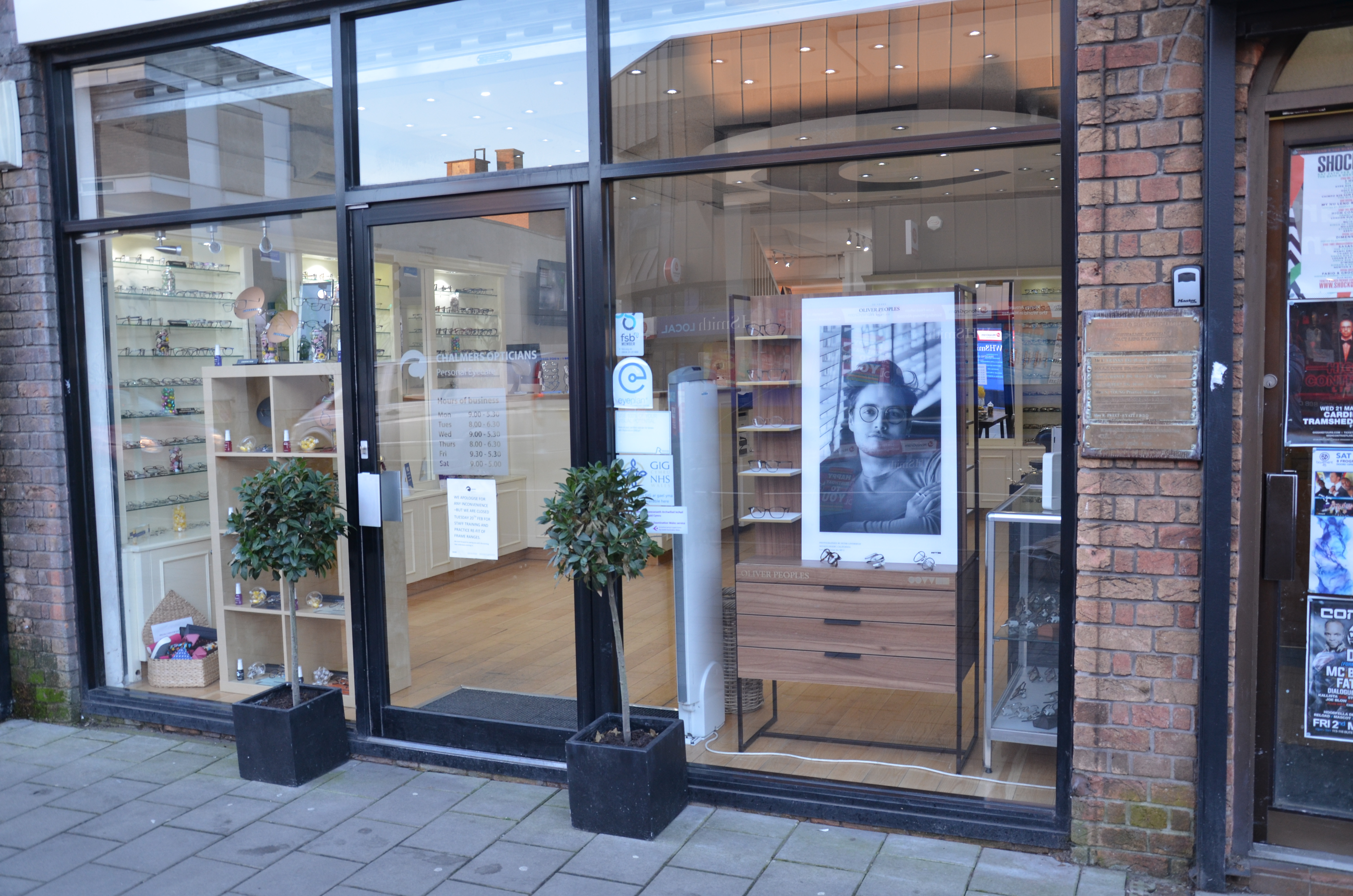
We though want to offer more unusual ranges that are more exclusive again-as we source these from International shows to offer more unique frame styles-here represented by MADINITALY, MORGENROT 3D PRINTED, EYE SOCIETY, LOGO EYEWEAR and more.
We also have our own personal collection of EYE CANDY range of styles –with over 50 styles of superb quality but also excellent value for money-where the frames including the lenses are £98.00 including hard and multi-anti-reflection coated lenses.
Spectacle Lenses
Lighter
Sharper
Thinner
Wiser
Modern lens materials can now reduce the thickness and weight of your lenses whatever your prescription. Special coatings also help to reduce unwanted glare and reflections.
Thinner lenses are made from materials which have a higher refractive index than standard glass or plastic. This means that less lens thickness is needed to achieve the same focusing properties. Modern aspheric designs also mean that the curvature of a lens will be flatter to give a better cosmetic appearance.
There are now many brand name ophthalmic lenses. Some of the manufacturers are well known in the photographic world; NIKON, HOYA, ESSILOR and ZEISS. We can supply all these leading brands as well as generic alternatives. We also have an uplink to a most lens manufacturers which enables us to order custom surfaced lenses, ensuring the lens you get is a lens of the optimum thickness for your frames.
There are many branded lenses on the market nowadays-though our number one supplier is RODENSTOCK who are the leading technology company for lens design. They have so many excellent lens options –but also pioneer with their B.I.G. VISION for all, as their option for the ultimate vision in lenses. B.I.G. stands for Biometric Intelligent Glasses –here we use a DNEYE SCANNER to measure all aspects of the eyes data, including aberometry, topography, pachimetry, axial length and objective prescription of the eye to the accuracy of 100th of a dioptre-much higher than can be obtained by a normal test. This is then electronically sent to Rodenstock, and their highly technical and digital instruments can incorporate the data to produce very individualised lenses to the eye-providing you with the best possible vision, and comfort. It especially works well for progressive lenses as here it provides a much wider accurate field of vision with minimal distortion to the periphery. Please enquire when you have an Advanced Eye Examination as we do this as part of the screening for the eyes.
As an independent practice though we can offer any of the manufacturers as we are not restricted by company policies!

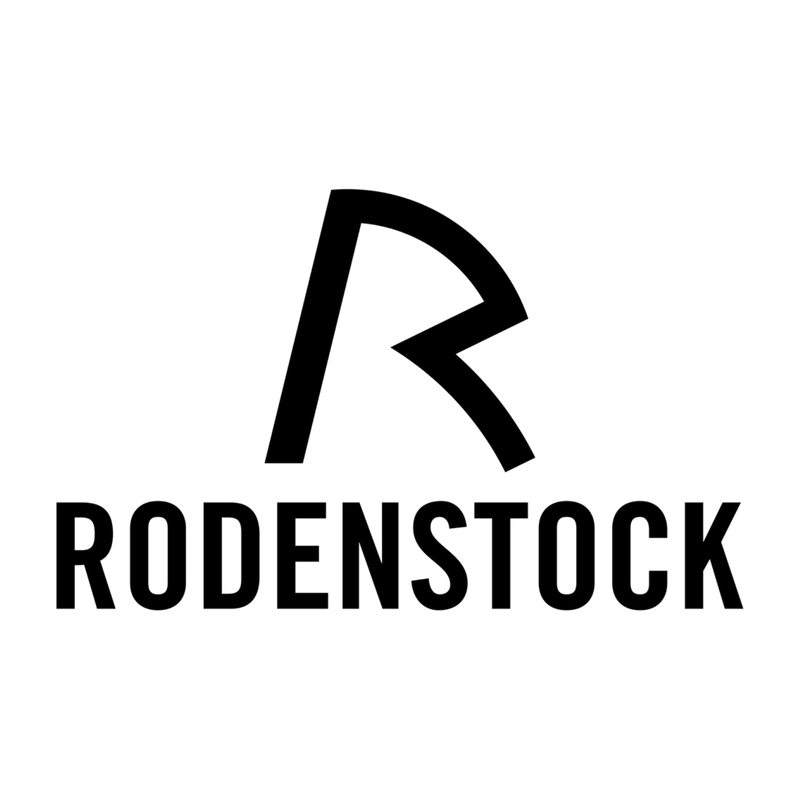
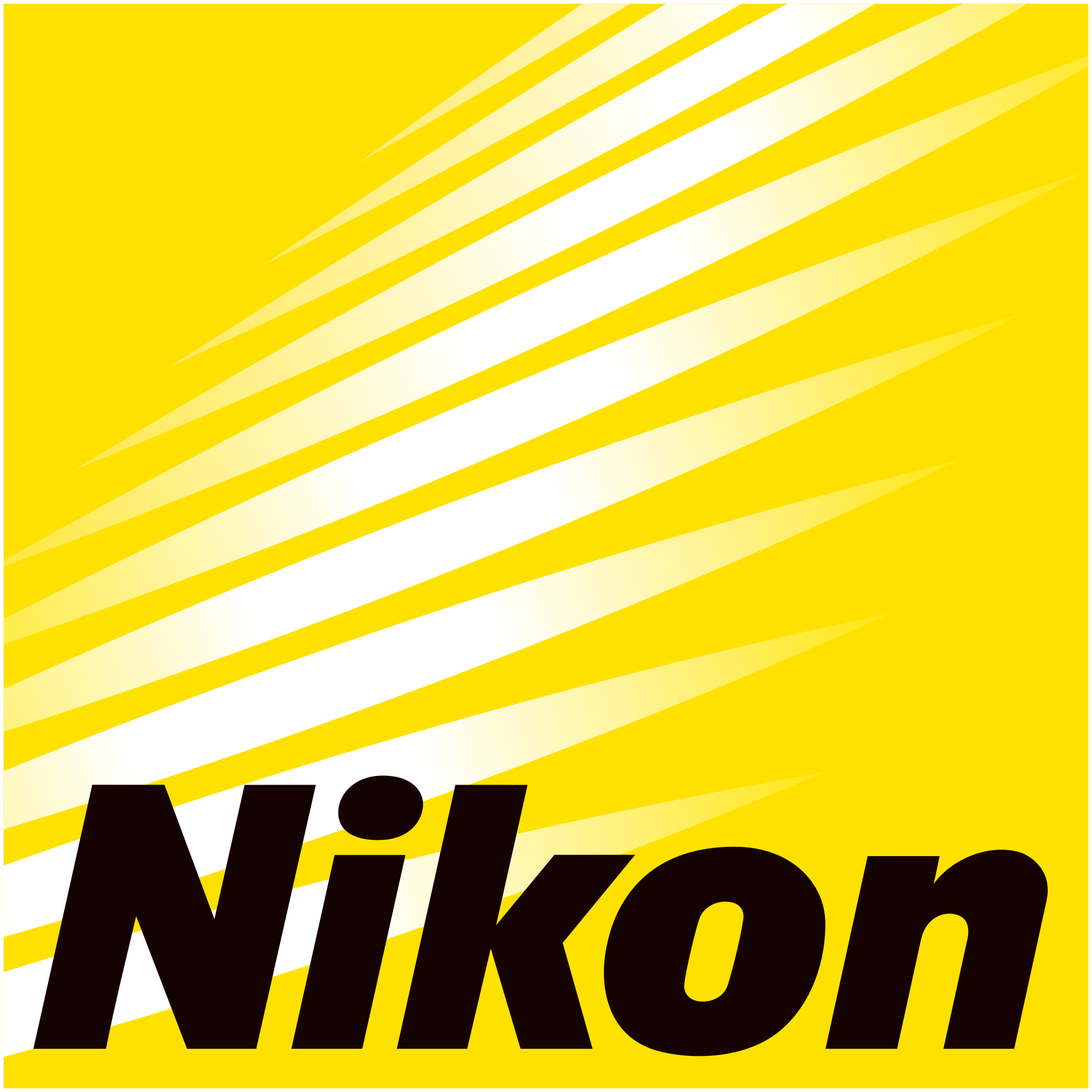
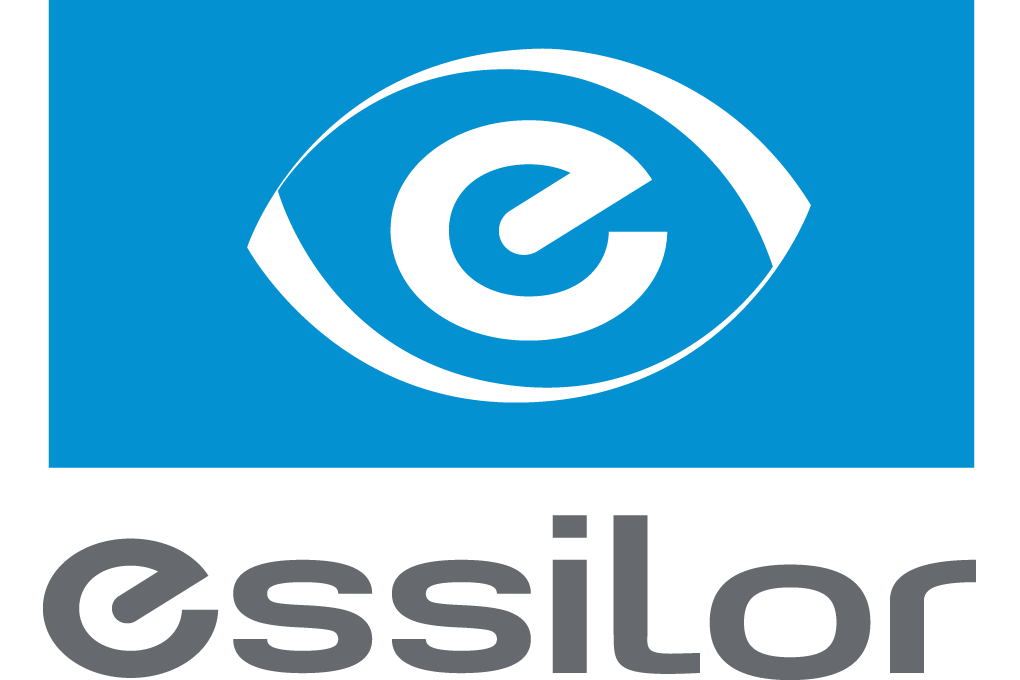


Progressive Lenses
Progressive lenses, often called Varifocal lenses, enable clear vision at all distances where a different prescription is required for distance and near vision. Unlike bifocals they have no line to interfere with vision or to give away the fact that you need reading spectacles. Progressive lenses have continued to improve in design over the years to reduce the initial distortion that some people experience with this type of lens and to make them far easier to adapt to. There are nowadays many different designs of progressive lenses, different visual tasks or occupations may be better suited to a particular type of lens. Professional help and advise is the only way to ensure that the right lens is matched to your requirements.
We are now able to offer the very latest IMPRESSIONS® which is the tailored progressive. It is calculated and surfaced individually for you. This ensures that each and every lens retains perfect properties. It is slim, light and elegant, and gives the maximum width reading area combined with near distortion free distance vision, even for those unable to wear progressive lenses in the past.
By incorporating the DNEYE SCANNER into the lens data also provides the most individual lenses to maximise your vision potential-please enquire.
NEAR COMFORT LENSES OR DEGRESSIVE
These are lenses that effectively are enhanced reading specs. Rather than the three in one(distance, intermediate and near) these are very large wide reading with the lenses slightly ‘degressing’ in power upwards so the top of the lens is more intermediate with a much bigger area for screen work than possible with varifocals. Sometimes called occupational lenses –mainly as so much more suitable for screen work. Please enquire.
How to find the right lenses for you
Ophthalmic lens technology has advanced to cater the varying needs of visual correction. There are more than a few types of spectacle lenses to choose from to fit the conditions of wearer’s activities. If you need a spectacle prescription, there are several factors to consider when choosing the right lenses for you; which types of lenses to pick, the materials made in, and some optional coatings to maximize the comfort when wearing.
Step 1 Types of Lenses
The types of lenses you choose depend on whether you want the spectacles to suit all activities or single activity.
Single Vision Lens
If you are under age 40 and need a prescription glasses, then single vision lenses may be sufficient enough for your visual correction. Single vision lenses have the same focal power throughout the lens to provide a single focus.
Progressive Lenses (Multifocal Lenses)
Progressive lenses provide a gradual transition in power within the lens to view all distance from near at hand to far across the room. If you are in your 40s or older and have presbyopia, wearing progressive lenses have an advantage to see all distances clearly without taking the eyeglasses off and on.
Near Comfort Lenses
These are tailored lenses that provide all the near vision area you could want, with the added advantage of a reduction in power as you look up to provide a large, comfortable area for computer use or music or office where you need to look up more –rather than removing reading glasses all the time. They can be tailored to the area and distance you need –so whether it is purely PC or needing a longer range within a room?
Photochromatic Lenses
These have been around a long time where the lens material reacts to light to darken in the sun. They have always been improving though in their range of tint-now going lighter-so indoors you would barely see there is any colour in the lens, as well as darker with far better neutral colours than before –but also the speed is much improved too. They are now available in more colour choices as well from the traditional grey and brown to now green and blue in some of the materials. This can be incorporated into single vision, bifocal and varifocal lenses.
Step 2 Lens Materials
Resistant to scratches. However glass lenses are heavy compared to plastic lenses and prone to breakage. It’s not recommended for children or those who are active in sports.
Standard Plastic
Standard plastic lenses, also known as 1.50 index is the most commonly used material for low pwer prescriptions.
Mid-Index Plastic
Mid-Index lenses range in material index from 1.53 to 1.56. This material is thinner and lighter than standard plastic lenses. Ask your eye care professional which material will be est for you based on your individual Rx and your selection of frame style.
High-Index Plastic
High-Index lenses are typically have a material index of 1.60. High index lenses are thinner than mid-index and an excellent option for drill mount frames.
Ultra High-Index Plastic
This category of lenses ranges in material index from 1.67 to 1.74, the highest index currently available. Ultra High-Index lenses are the thinnest and lightest materials currently available for higher power prescriptions. Ask your eye care professional what material will be best for you, based on your individual prescription and the frame style you select. Remember, the higher the material index the thinner the lens.
Step 3 About Coatings
Application of coatings provides various benefits for the wearer.
- Anti-reflective coatings help transparency in the lens and glare from various lightings.
- UV coatings protect eyes from absorbing harmful UV rays. Long term exposure can damage DNA and it’s cumulative and irreversible. The UV coating blocks the transmission of light in the ultraviolet spectrum.
- Other optional coatings such as scratch resistance, smudge and water resistant surface applications extend the lifespan of the lenswear. There is now a coating called EXTRA CLEAN EFFECT where the hardness of surface is superb and by it’s name is much easier to clean than other coatings.

























